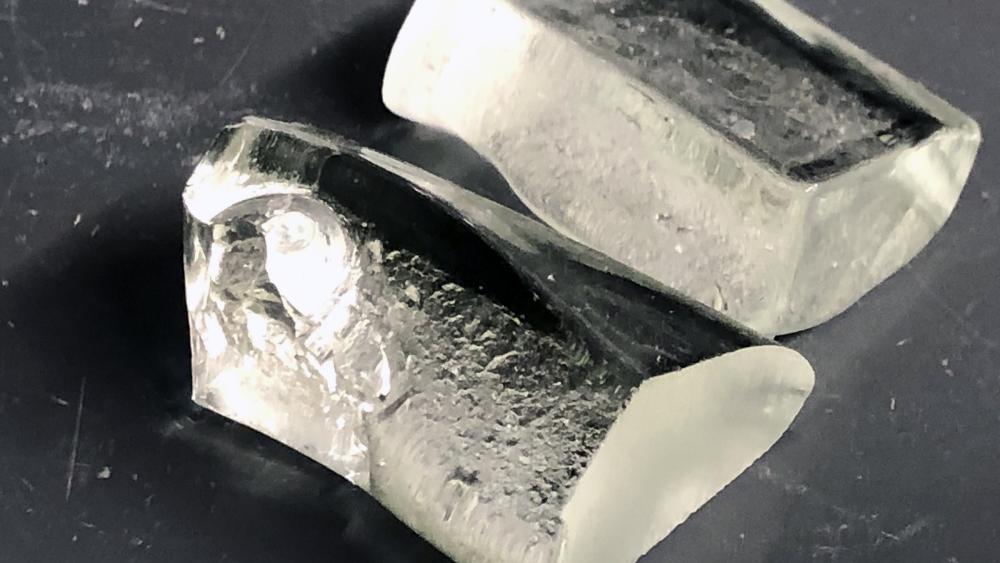Unfortunately it is no longer transparent.
I’m just kidding!
Be great for microplastics if this could be cheap enough to replace some plastic packaging.
Be great for microplastics if this could be cheap enough to replace some plastic packaging.
I’d be curious about the cost to produce. Sure, it may be “10 times stronger” and melt at a lower temperature. But, if it costs 100 times more to produce, then it’s only going to be useful in certain, limited applications.
With LionGlass, the melting temperatures are lowered by about 300 to 400 degrees Celsius, Mauro explained, which leads to a roughly 30% reduction in energy consumption compared to conventional soda lime glass.
Mauro is hoping that the improved strength of LionGlass means the products created from it can be lighter weight. Since LionGlass is 10 times more damage resistant than current glass, it could be significantly thinner.
“We should be able to reduce the thickness and still get the same level of damage resistance,” Mauro said. “If we have a lighter-weight product, that is even better for the environment, because we use less raw materials and need less energy to produce it. Even downstream, for transportation, that reduces the energy required to transport the glass, so it’s a winning situation for everyone.”
It looks like it will be saving money in several different ways.
Maybe. While the temperature reduction should reduce cost, it may require different chemicals which are more expensive. Also, the manufacturing process may not be as straight forward as current glass forming techniques. While I’d be hopeful that it is cost similar or less than current glass until it is commercialized (or not), it will be difficult to say.
Wonder on the impact for glas recycling.
Patent link:
https://patents.justia.com/patent/20220332632
Relevant blurb from another article:
“The family of new glass compositions, which the team calls LionGlass, get their new powers by swapping the soda ash and limestone for either aluminium oxide or an iron compound. The silica content can vary from 40% to 90% by weight.”



